Tomb Of Nicolaus Copernicus: Is The Mystery Surrounding Astronomer’s Burial Place Really Solved?
A. Sutherland - Ancient Pages.com - The Polish astronomer, Nicolaus Copernicus (1473 -1543) made crucial observations in Rome in 1500. Copernicus's heliocentric worldview was revolutionary and ended the old perceptions. His world view, however, was ignored by the Catholic Church.
For centuries, the tomb and leftovers of Nicolaus Copernicus were sought at the Frombork cathedral, the alleged burial place of the great astronomer.
It was also a place where the great Polish astronomer spent two-thirds of his adult life and was buried.
The first unsuccessful attempts to find the grave of Copernicus were undertaken in 1809 by the Warsaw Scientific Society. Later in 1807, Napoleon Bonaparte after the battle of Prussian Ilawa (now Bagrationowsk, about 75 km east of Frombork), ordered one of his officers, Gerard Gley, to find the grave of Nicolaus Copernicus. No positive results for this search were reported.
Also the next research (also fruitless) was carried out as part of the celebrations of the "Week of Kant and Copernicus", which was to take place at the University of Königsberg in February 1939.
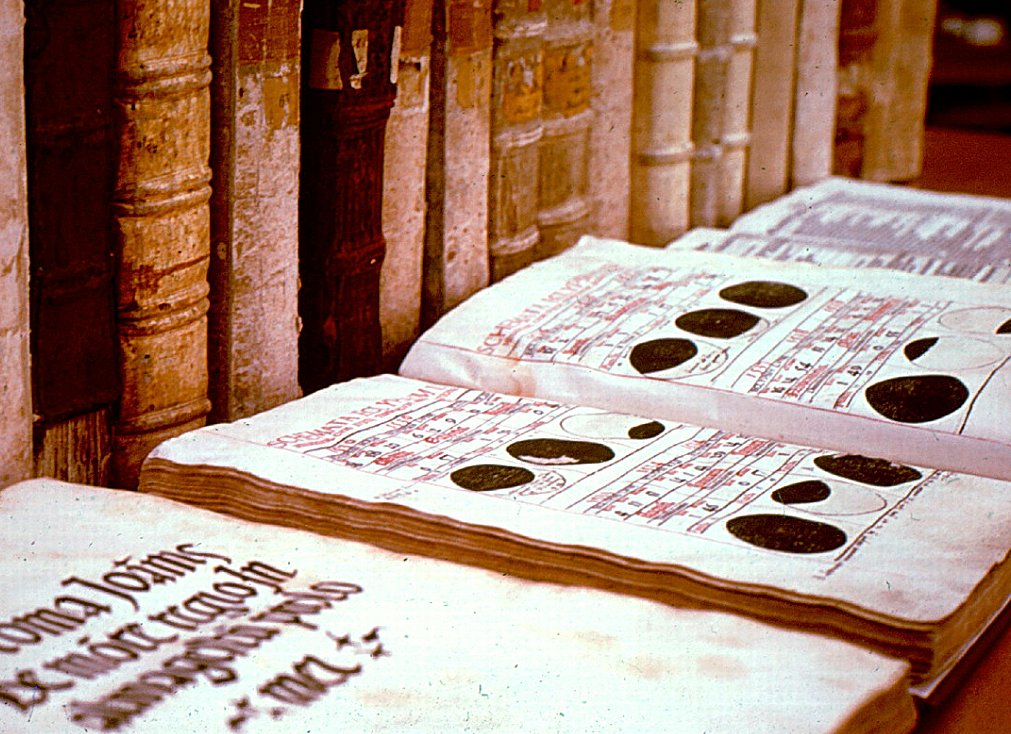
Copernicus' annotated copy of the Calendarium Romanum magnum takes a central place in this photograph of his books at the Uppsala University Library. In the foreground is a Regiomontanus title known to have been used by Copernicus but not located, so a substitute copy completes the picture. Photograph by Owen Gingerich
Under the high altar
Copernicus’ last resting place remained a mystery for a very long time.
In 2004, a group of Polish scientists launched a new search for Copernicus' grave. The exact location was uncertain, but it has been thought that the grave could be located near the St. Cross Altar because Copernicus was in charge of this altar during his tenure as priest at the Cathedral.
See also:
Copernicus’ s Book Banned By Catholic Church – On Mar 5, 1616
Emilia Plater: National Female Hero Of Polish And Lithuanian People
In 2005, the meticulous almost detective work finally yielded positive results and Polish archaeologists found what they were looking for. Copernicus remnants were discovered under the floor of the Frombork cathedral in northern Poland and it was a Swedish DNA analysis that finally made the whole picture complete.
At first, the remains of a 70-year-old man, who could possibly be identical to the great Copernicus, were kept anonymous. Later, researchers used computer graphics to build an artificial face. This face turned out to be very similar to Copernicus's portrait, including even a scar above the right eyebrow and evidence of a broken nose.
But it wasn’t enough to convince the researchers that the remains did really belong to Nicolaus Copernicus.
A DNA test was needed to gain greater certainty and surprisingly a suitable material was delivered by Swedish researchers in form of one of the books the Polish cosmologist had annotated.
This valuable book (now stored at the library of the University of Uppsala in Sweden) was the Calendarium Romanum magnum, in which 9 hairs were found, of which 4 were suitable for careful extracting of DNA.
Two of the hairs matched the DNA segments from a well-preserved cranial tooth.
There are still some doubts
The dispute of scientists seems to be serious, and also there are arguments undermining the identification of the findings in 2005. Many believe that the exact place of burial should still be considered an unresolved issue.
In order to discuss the controversies associated with the discovery of Copernicus' grave and identification of the remains, a scientific conference entitled "The Mystery of the Tomb of Nicolaus Copernicus, A Dialogue of Experts", was organized for all interested in the issue.
Unfortunately, most people involved in the search and research did not accept the invitation to participate in the conference.
Is the mystery surrounding Copernicus ‘ burial place really solved?
Copernicus was born in Polish Torun 1473 and eventually became the priest and the catholic canon at Frombork. He was also a scientist who shocked the world with his controversial thesis that the sun and not the earth was the focal point of the universe. He lived and died in Frombork.
Written by – A. Sutherland AncientPages.com Staff Writer
Copyright © AncientPages.com All rights reserved. This material may not be published, broadcast, rewritten or redistributed in whole or part without the express written permission of AncientPages.com
Expand for referencesMore From Ancient Pages
-
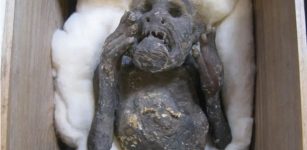 Mystery Of The ‘Mummified Mermaid’ In Japan Solved!
News | Feb 19, 2023
Mystery Of The ‘Mummified Mermaid’ In Japan Solved!
News | Feb 19, 2023 -
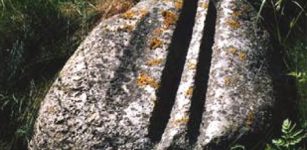 Mystery Of The Gotland Grooves – Ancient Astronomical Observatory?
Civilizations | May 11, 2016
Mystery Of The Gotland Grooves – Ancient Astronomical Observatory?
Civilizations | May 11, 2016 -
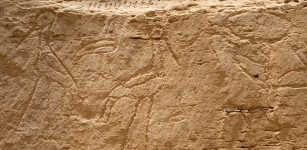 Unknown Rock Inscriptions And Earliest Monumental Hieroglyphs In Egypt Shed New Light On Ancient Writing
Archaeology | Jun 27, 2017
Unknown Rock Inscriptions And Earliest Monumental Hieroglyphs In Egypt Shed New Light On Ancient Writing
Archaeology | Jun 27, 2017 -
 Underwater Archaeologists Retrieve Over 100 Magnificent Glass Objects at Chengene Skele Bay, Bulgaria
Archaeology | Jul 16, 2024
Underwater Archaeologists Retrieve Over 100 Magnificent Glass Objects at Chengene Skele Bay, Bulgaria
Archaeology | Jul 16, 2024 -
 Vikings: Facts And History About The Tough Norse Seafaring People
Ancient History Facts | Mar 13, 2017
Vikings: Facts And History About The Tough Norse Seafaring People
Ancient History Facts | Mar 13, 2017 -
 65 Byzantine-Era Tombs Unearthed In Stratonikeia – World’s Largest Marble City
Archaeology | Feb 24, 2017
65 Byzantine-Era Tombs Unearthed In Stratonikeia – World’s Largest Marble City
Archaeology | Feb 24, 2017 -
 Mysterious Disappearance Of King Aegeus Of Athens After His Wedding
Featured Stories | Aug 1, 2022
Mysterious Disappearance Of King Aegeus Of Athens After His Wedding
Featured Stories | Aug 1, 2022 -
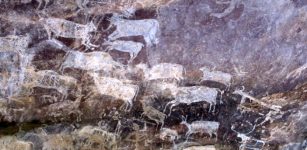 Bhimbetka: Gigantic Open Air Repository Of Prehistoric Art In India
Featured Stories | Jun 11, 2016
Bhimbetka: Gigantic Open Air Repository Of Prehistoric Art In India
Featured Stories | Jun 11, 2016 -
 Final Journey Of Ötzi Iceman: More Clues Found In Frozen Moss
Archaeology | Nov 1, 2019
Final Journey Of Ötzi Iceman: More Clues Found In Frozen Moss
Archaeology | Nov 1, 2019 -
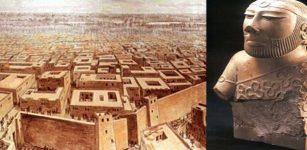 Controversial Ancient History Of Harappa And Mohenjo Daro – Advanced Indus Valley Civilization Pre-Dates Egypt’s Pharaohs And Mesopotamia
Civilizations | Apr 15, 2017
Controversial Ancient History Of Harappa And Mohenjo Daro – Advanced Indus Valley Civilization Pre-Dates Egypt’s Pharaohs And Mesopotamia
Civilizations | Apr 15, 2017 -
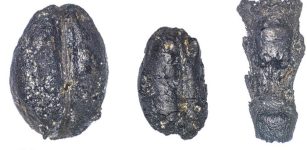 7,000-Year-Old Grains Hints At Origin Of Swiss Pile Dwellings
Archaeology | Mar 3, 2022
7,000-Year-Old Grains Hints At Origin Of Swiss Pile Dwellings
Archaeology | Mar 3, 2022 -
 Full-Sized Model Of Noah’s Ark Created In The U.S. To Show People The Evolution Theory Is False
News | Oct 20, 2022
Full-Sized Model Of Noah’s Ark Created In The U.S. To Show People The Evolution Theory Is False
News | Oct 20, 2022 -
 How Henry VIII Accidentally Changed The Way We Write History
Featured Stories | Sep 6, 2024
How Henry VIII Accidentally Changed The Way We Write History
Featured Stories | Sep 6, 2024 -
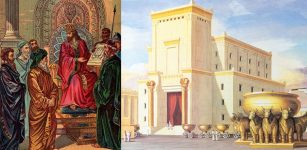 Mystery Of King Solomon’s Temple
Biblical Mysteries | Dec 3, 2018
Mystery Of King Solomon’s Temple
Biblical Mysteries | Dec 3, 2018 -
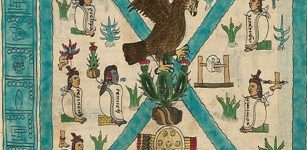 What Is The Codex Mendoza?
Ancient History Facts | Feb 14, 2016
What Is The Codex Mendoza?
Ancient History Facts | Feb 14, 2016 -
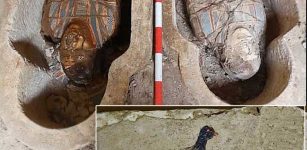 Intriguing Ptolemaic And Roman Treasures Unearthed In Al Bahnasa, Egypt
Archaeology | Jan 10, 2024
Intriguing Ptolemaic And Roman Treasures Unearthed In Al Bahnasa, Egypt
Archaeology | Jan 10, 2024 -
 Mysterious Ancient Mass Grave With Roman Skeletons Baffles Archaeologists
Archaeology | Sep 25, 2017
Mysterious Ancient Mass Grave With Roman Skeletons Baffles Archaeologists
Archaeology | Sep 25, 2017 -
 England’s Oldest Bible Reveals Surprising Hidden Secrets
Biblical Mysteries | Mar 19, 2016
England’s Oldest Bible Reveals Surprising Hidden Secrets
Biblical Mysteries | Mar 19, 2016 -
 Nemesis: Winged Goddess Of Justice And Revenge
Featured Stories | Jun 2, 2016
Nemesis: Winged Goddess Of Justice And Revenge
Featured Stories | Jun 2, 2016 -
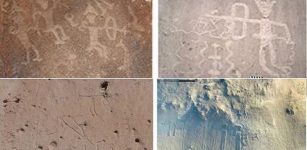 Evidence Of 10,000 Years Of Violent Conflict Among The Hunter-Gatherer Societies In The Atacama Desert
Archaeology | Oct 2, 2023
Evidence Of 10,000 Years Of Violent Conflict Among The Hunter-Gatherer Societies In The Atacama Desert
Archaeology | Oct 2, 2023



